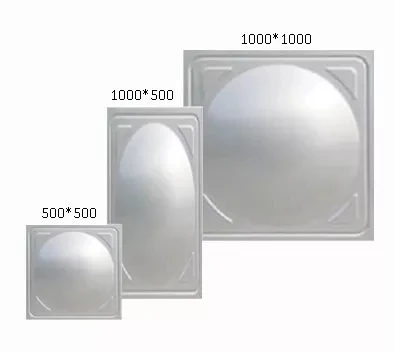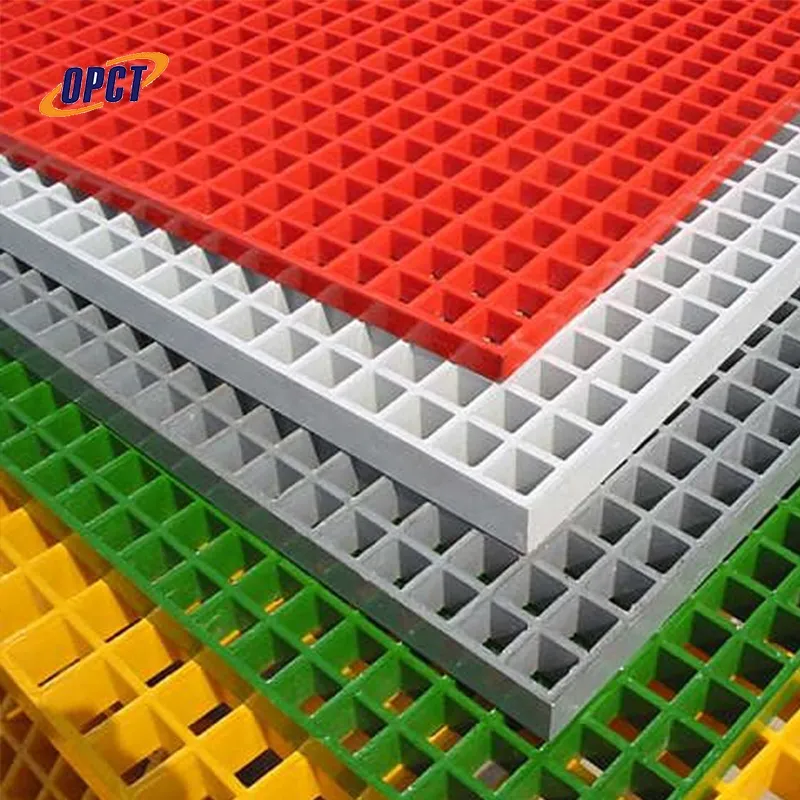Fiberglass angles are revolutionizing the construction and manufacturing industries with their robust performance, lightweight characteristics, and versatility. These structural elements are crafted from fine filaments of glass, woven into a matrix and infused with resin, resulting in components that provide remarkable advantages over traditional materials such as steel, aluminum, or wood.

Infusing innovation into structural applications, fiberglass angles offer distinct benefits, especially in environments that demand longevity and corrosion resistance. Unlike metal angles, fiberglass composites do not rust or corrode, making them ideal for outdoor structures or facilities exposed to harsh weather conditions and chemicals. This durability ensures lower maintenance costs and a longer lifecycle, providing an economically appealing solution for businesses and industries.
Critical to their growing popularity is the lightweight nature of fiberglass angles. Companies are increasingly cognizant of transportation costs and ease of installation, factors which fiberglass addresses effectively. Weighing significantly less than their metal counterparts, these angles reduce transportation emissions and costs while facilitating faster and safer installation processes. For construction projects where logistical efficiency and reduced environmental impact are priorities, fiberglass angles present a compelling option.

Another key feature driving the adoption of fiberglass angles is their impressive strength-to-weight ratio. Despite their lightness, these angles can withstand substantial loads, offering strength comparable to steel. This characteristic is particularly beneficial in applications requiring high strength and minimal weight, such as vehicle frameworks, bridges, or high-performance structural assemblies. Consequently, engineers and architects find themselves increasingly leaning towards fiberglass as a preferred material for innovative design solutions.
In environments where electrical insulation is crucial, fiberglass angles find favor due to their non-conductive properties. Industries requiring electrical safety, like telecommunications or power distribution, benefit from fiberglass's ability to function effectively without risk of electrical interference. This adds a layer of safety that is indispensable in certain settings, further expanding the applicability of fiberglass angles across different sectors.
fiberglass angle
The versatility of fiberglass angles extends beyond heavy industrial applications. Their aesthetic flexibility allows for use in architectural designs and even art installations, offering unique opportunities for creativity. Color can be uniformly applied during manufacturing, ensuring a vibrant and lasting finish that does not fade over time, enhancing both functionality and visual appeal.
While the advantages of fiberglass angles are numerous, it is imperative to approach their selection and implementation with expertise. Selecting the right type and specifications for the intended use is essential to leverage their full benefits. Working with seasoned professionals helps ensure that the chosen fiberglass angles meet the necessary load requirements and environmental conditions, thereby maximizing performance and longevity.
Fiberglass angles' increasing presence in the market is a testament to their authoritative role as a transformative material. Their track record in demanding applications confirms their trustworthiness, with more industries steadily integrating them into core operations. With an array of applications that benefit from their unique properties, investing in fiberglass angles is not merely a trend, but a strategic move towards sustainable, efficient, and innovative operational practices.
Organizations that embrace this advanced material position themselves at the forefront of industry evolution, benefiting from the savings, reliability, and enhanced performance that fiberglass angles deliver. This strategic adoption not only meets immediate operational needs but aligns with broader goals of sustainability and efficiency, marking the transition towards a future where traditional materials and methods are reimagined and improved upon. In this evolving landscape, fiberglass angles hold a commanding position as both a technological marvel and a practical asset, underscoring their vital role in modern material science advancements.




